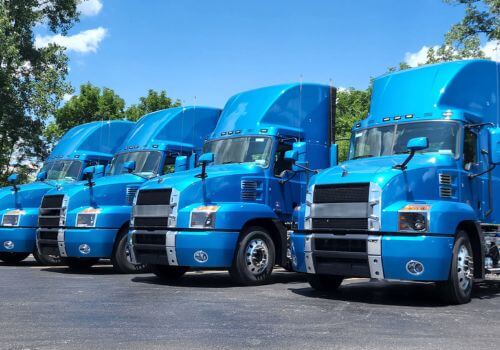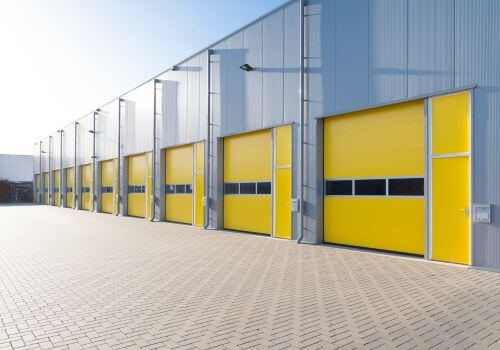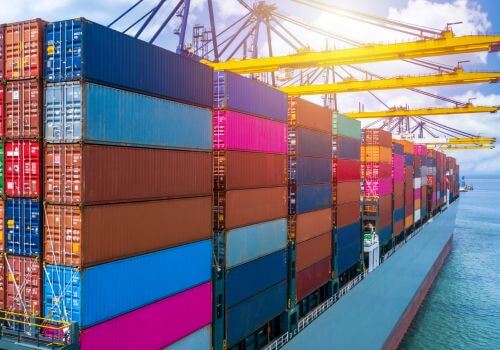As the world becomes more interconnected, businesses are increasingly relocating across borders. International freight moving involves transporting goods from one country to another, which can pose unique challenges compared to domestic moves. From understanding import/export regulations to navigating customs procedures, there are many factors to consider.
In this blog, we will provide a comprehensive guide to help you navigate the intricacies of international freight and make the process hassle-free.
Planning and Preparation
Before setting on the cross-border freight moving journey, you need proper planning and preparation. here are some key steps to consider:
- Understand Your Needs
Different types of moves require specific considerations. Whether you are moving household goods, vehicles, or business equipment, it is important to understand your specific needs. For example, when moving household goods, you will need to take into account the size and weight of your items, while for business equipment, you may need to consider specialized packing and handling requirements.
- Inventory and Documentation
Creating a detailed inventory of your belongings is important for a successful international move. This inventory will not only help you keep track of your items but will also assist with customs procedures. Additionally, gather all the necessary documentation, such as passports, visas, and customs forms for a smooth transition through customs checkpoints.
- Rules and Regulations
Each country has its own import and export regulations, and it is important to familiarize yourself with these rules for both your origin and destination countries. Research any restrictions or special requirements that may apply to your specific items to avoid any surprises or delays during the moving process.
- Packing Tips
When packing for an international move, consider the long-distance travel and potential inspections. Use sturdy and secure packing materials to ensure the safety of your belongings during transit. Label each box clearly and consider creating an itemized list of the contents for customs purposes.
Choosing the Right Shipping Method
Selecting the appropriate shipping method is crucial for an efficient cross-border move. Here are some options to consider:
- Ocean Freight
Ocean freight is responsible for hauling an overwhelming 62% of cross-border shipments between the US and Canada. It is a popular choice for international moves due to its cost-effectiveness for large volumes of goods. There are two main container options: Full Container Load (FCL) and Less-Than-Container load (LCL). FCL provides exclusive use of a container, while LCL allows you to share a container with other shipments. Keep in mind that ocean freight generally has longer transit times compared to other modes of transport.
- Air Freight
For time-sensitive shipments or valuable items, air freight is an excellent option. It offers speed and direct routes to destinations worldwide. However, air freight can be more expensive compared to other shipping methods. Consider the nature and value of your cargo when deciding whether air freight is the right choice for your cross-border move.
- Land Transportation
In some cases, land transportation, such as cross-border trucking, may be a viable option for your move. This is particularly true for moves between neighboring countries or regions with well-established road networks. Take note of the distance, infrastructure, and specific requirements of your move when evaluating land transportation option.
- Multimodal Transport
Combining different modes of transportation, such as using a combination of ocean freight, air freight, and land transportation, can offer optimal cost and efficiency for your cross-border move. This approach allows you to leverage the advantages of each mode while mitigating any disadvantages. Consult with freight forwarders or logistics professionals to determine the best multimodal transport solution for your specific needs.
Working With Professionals
To ensure a smooth and efficient cross-border freight move, it is highly recommended to work with professionals like Logos Logistics who specialize in international logistics. Here are some key professionals you may need to engage:
- Freight Forwarders
Freight forwarders play a vital role in managing the logistics of your cross-border move. They can handle documentation, coordinate transportation, and navigate customs procedures on your behalf. Their expertise and experience in international shipping will guarantee a seamless and hassle-free moving experience.
- Insurance
Cargo insurance is an important consideration when moving goods internationally. It provides protection against potential damage or loss during transit. Consult with insurance providers specializing in international freight moving to select the appropriate coverage for your specific needs.
- Customs Clearance
Navigating customs procedures can be complex, especially when moving goods across borders. Customs brokers or agents can assist with the clearance process by ensuring all necessary documentation is in order, submitting required forms, and facilitating communication with customs authorities. Their expertise and knowledge of import/export regulations will help streamline the customs clearance process.
Delivery and Finalization
As your cross-border freight move reaches its final stages, there are a few key considerations to keep in mind:
- Clearance at Destination
Upon arrival at your destination country, your goods will need to go through customs clearance. This involves presenting the necessary documentation and ensuring compliance with import regulations. Working with customs brokers or agents can help expedite the clearance process and address any potential issues.
- Delivery and Unpacking
Delivery of your goods to the final destination is an important step in the moving process. Ensure that you have made arrangements for the delivery and consider any potential challenges, such as access restrictions or local regulations. Once your belongings are delivered, unpacking and organizing your items can begin. Take care when unpacking fragile or valuable items and make certain that everything is accounted for.
- Post-Move Considerations
After completing the physical move, there are a few additional tasks to consider. These may include registering vehicles, connecting utilities, or updating your address with relevant authorities. Be sure to research and plan for any post-move requirements to ensure a smooth transition to your new location.
Conclusion
Moving goods across borders can be a complex process with various factors to consider. Proper planning, understanding import/export regulations, choosing the right shipping method, and working with professionals will help ensure a seamless and efficient international move. At Logos Logistics, we are dedicated to providing valuable resources and insights to make your cross-border freight moving experience as smooth as possible.











